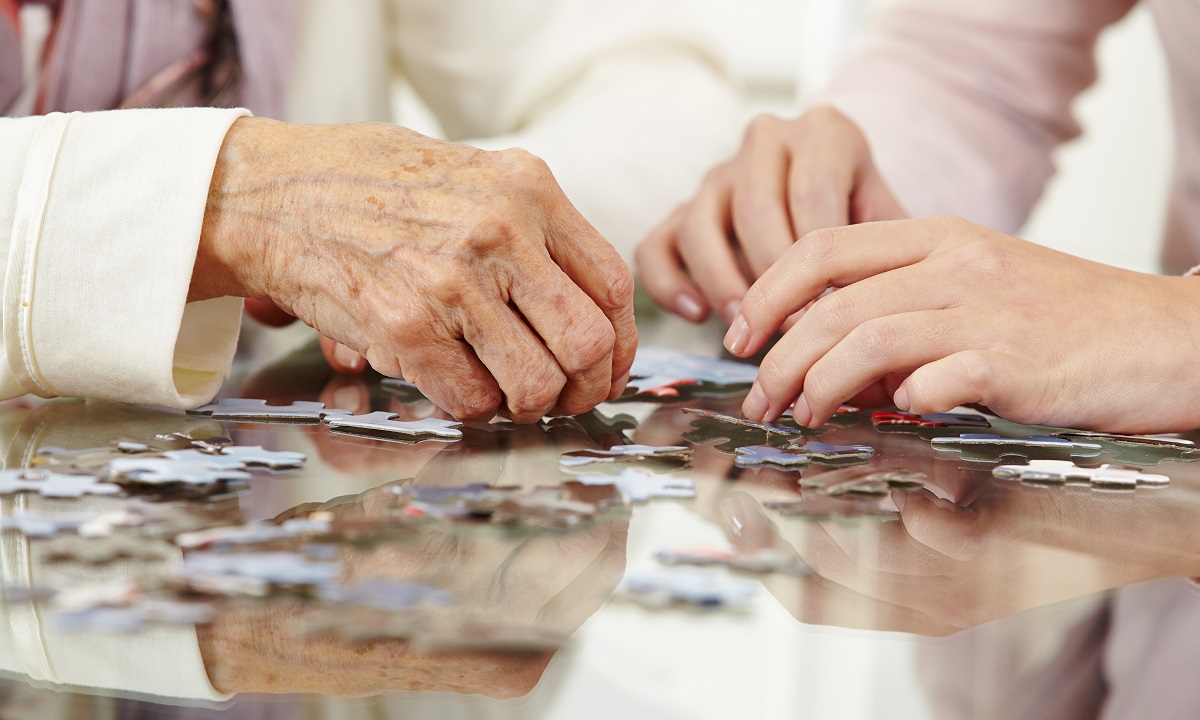Find out how to keep your residents cosy, comfortable and safe in the main living area.
It’s the room they’re likely to spend a great deal of time in. So it’s really important that the lounge is a pleasant place that’s reminiscent of home – as well as a practical and safe space to get around easily.
Challenge: Dim lighting
Why:
Muted lighting in a lounge or living room is often considered restful, but elderly people generally need stronger, brighter lights to see properly. As you get older, your eyes take longer to adapt between areas of light and dark, so if the lights are low and produce dark patches or shadows , it can be disturbing and confusing.
Solve it:
* Ensure that the lounge is well lit throughout and that windows let in as much natural daylight as possible. If any residents suffer from depression or SAD (Seasonal Affective Disorder) a lightbox can be useful for helping to boost their mood. Studies have shown that bright light therapy (using the specially designed lights) can also help to reduce feelings of agitation and improve sleep patterns.
* Keep the curtains open during the day so residents not only get plenty of natural light, but that it gives them a view to look at and watch. Bird tables in the garden will encourage bird life to visit and provide a focal point for residents.
* It might also be worth buying a bright reading light that can be angled over the chairs of residents to help them focus on close-up activities such as knitting or reading.
Challenge: Using technology
Why:
If you have fancy televisions and remote controls (not to mention the many associated DVD players and digital set top boxes) in the living room, they can be complex and confusing to operate for anyone, but if you have dementia they might be particularly daunting.
Solve it:
* Keep the remote control in a safe place that only care workers can access, and have a clear policy on how much television they can watch and when it’s put on.
* Choose a remote control that has large, simple buttons – power, volume and channel – to reduce confusion when using the television. If the person with dementia gets confused by the sheer number of channels available on digital TV networks, you can often set up a list of favourites, or even delete unpopular channels so they don’t appear (and which can be restored if you rescan the TV).
Challenge: Finding chairs that are easy to get out of
Why:
If mobility is an issue (and it often will be for more elderly residents), having a low, squashy sofa won’t be suitable. Having trouble getting out of a chair can mean residents delay going to the bathroom as often as they need, or to the kitchen to make a drink. These sorts of difficulties can really affect their quality of life.
Solve it:
* Invest in some chair raisers which lift up furniture so they don’t have to bend down as far to be seated. Special rise and recliner chairs are a bigger investment, but could be worth it if it’s going to make their day-to-day life easier.
* If mobility is an issue, walking frames and sticks can help them navigate the room itself, but remember to think about floor coverings such as rugs or steps. They could prove a tripping hazard, so it’s worth removing them, or making it very clear if there’s a step down.
Challenge: Muted colour schemes
Why:
People with dementia find it harder to see colour contrasts. For example, they might find it hard to tell the difference between cream and white. So if the living room is decorated in muted colours, from the floors to the furniture, it can become very difficult for them to see things clearly, and this can lead to trips and falls. As people get older, generally, their eyesight and ability to distinguish colours can deteriorate – it can seem like they’re looking at everything through a yellow filter.
Solve it:
* If furniture buying funds aren’t an option in your care home, you don’t necessarily have to start redecorating or replacing all the furniture. Instead, ensure that furniture contrasts with the floors and walls by using colourful soft furnishings.
* Armchairs can have a brightly coloured cushion cover or throw tucked into the seat to make it easier to see.
Challenge: Confusing furnishings
Why:
Highly patterned sofas, curtains and carpets can also be confusing and disturbing for someone with dementia. For example, carpets which are striped can be seen as steps, which could cause them to try to step up or down, and fall.
Mirrors can also cause confusion if they fail to recognise themselves in the reflection. Imagine how distressed and agitated you might become if you thought a stranger was in your living room.
Solve it:
* Try to keep carpet the same colour throughout so it’s easy to see that the floor is level.
* Cover up mirrors or remove them and make sure that curtains are closed at night so that they can’t also see reflections in the windows when it’s dark outside.
Challenge: Boredom
Why:
Nobody really wants to make the TV the focal point of the lounge – there’s nothing worse than coming into a room full of residents all staring blankly at the screen. That’s why it’s important to create other focal points or diversions to prevent boredom and keep residents happy.
Solve it:
*Provide a cupboard or sideboard where you can store games, jigsaws and puzzles that they can help themselves to.
*Try to ensure there are few tables that can seat at least four people so that it’s more conducive to residents playing card or board games, or for creating quiz teams.
For more care home products, click here.
SHARE
Explore more




